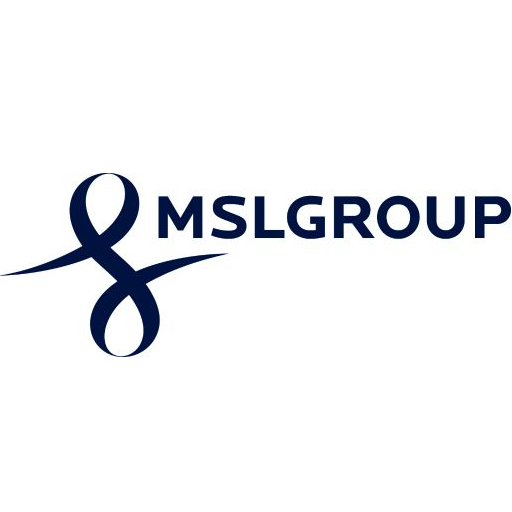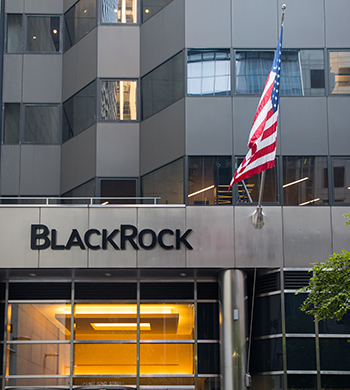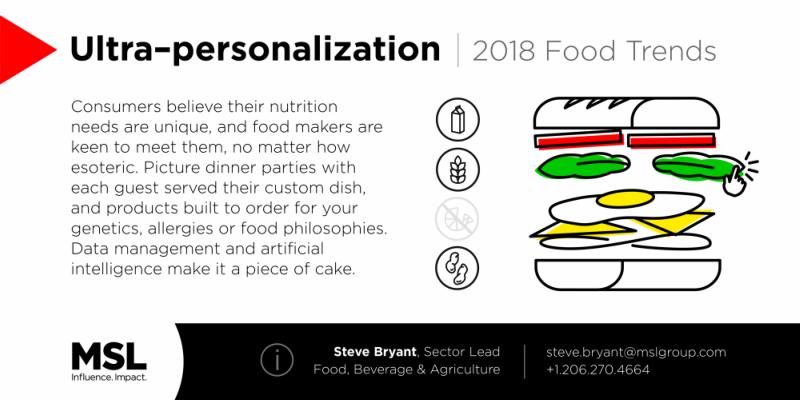MSL 01 Feb 2017 // 6:45PM GMT

As a media and presentations trainer with two decades of experience, the theme of “responsive and responsible leadership” at this year’s World Economic Forum in Davos got me thinking about how leaders need to convey these important characteristics in their communications. Both are vital attributes the world needs and wants to see in a leader. Verbal and non-verbal cues are paramount to confirming a leader has what it takes.
It rests on trust. According to the World Economic Forum’s Trust and Performance Equation Project, trust drives 22 to 44 percent of overall customer loyalty. Loyalty is linked to company performance that is twice as likely to exceed financial analyst forecasts. Ten years of Fortune’s 100 Best Places to Work reports have found a correlation between higher employee trust scores and business profits. The values we espouse, the causes we support and the way we communicate about all of this affects brand perceptions, employee engagement and consumer buying decisions.
So how does a leader look and sound “responsive and responsible” when the cameras start to roll?
Let’s start with responsiveness.
How should you act “in the moment” when your company has the opportunity to step in and step up to respond to an important world or community need?
It’s not easy, especially in determining how much of the spotlight you want. Overdo it and you run the risk of undermining the action’s impact by appearing to brag. Underdo it and you’re a tree falling unheard in the forest. It’s often a matter of personal style, but for most leaders, the right answer is shaped by keeping the spotlight fixed squarely on those in need.
Sincerity. Humility. A demeanor clearly other-centered. People around the world respond to the interpersonal and emotional cues. This kind of responsive communication is not like communicating standard corporate news, it’s about people. Your concern for other human beings should shine through. While you need to connect your actions to your overall purpose, don’t get bogged down in corporate language. Straight-forward people language is what’s needed.
Don’t let your worries about getting this right prevent you from communicating with confidence. In general, communicating advances not only your company’s reputation but your cause. It sets the bar higher, challenging and engaging others. It also helps to establish a new normal. If you quit smoking, a close friend who also smokes is 43% likelier to quit, too, according to health studies. Suddenly, that’s what “we” don’t do.
So let your responsiveness spark others to follow suit. Offer, ask and encourage. And, when you can, show your willingness to put the business boundaries aside for the greater need at hand. It’s time to collaborate with others, even your competitors.
What about responsibility?
Boosting a good cause raises public opinion of an organization and strengthens employee and customer loyalty, helping the organization “Do well by doing good.”
That doesn’t mean that executives need just to espouse a particular cause to embody their organization’s commitment to social responsibility. As Klaus Schwab, World Economic Forum founder and executive chairman has said, “leadership means taking responsibility. It requires courage and commitment to listen and honestly explain the breadth and complexity of issues, to proactively generate solutions and to take action based on core values.” So, how do you go about this?
Stand with others. Of course, your work and what you share about it to the public has more credibility when it comes with a third-party endorsement. So pick your partners wisely – ones you are proud to stand next to and share the spotlight.
Keep the focus on others. As BP’s Deepwater Horizon crisis gushed unchecked, the company’s efforts to cap the well and communicate its regrets were undermined by none other than the CEO. “Nobody wants this thing over more than I do,” said Tony Hayward. “I’d like my life back.” Always remember, who are your stakeholders? Where do they feel pain? How do we address it? Talk to them. All of them.
Keep your comments lean. Bolster your messages with verifiable facts. Hyperbole is the enemy of humility as well as honesty. “First” is provable. “Best” …not so much.
Anticipate questions. Prepare for the gamut. Try delivering a description of your initiative in under 15 seconds, then prepare for the questions you dread. FAQ documents may be a good study aid, but be sure the spokesperson practices out loud.
Answer the question. Leave the pivots for the politicians. Don’t lie. Don’t guess. When your organization has fallen short on responsibility, acknowledge that and explain how you’re committed to doing better. That doesn’t mean tell all. Explain why you can’t give full details (competition, employee confidentiality, pending litigation…), then convey a related message that helps the readers/listeners understand the company’s position or policy.
Responsive and responsible leadership requires both sides of the brain. It means an executive must not only be prepared logically with the intelligent answers and solutions. It also means properly understanding and navigating the emotional landscape.
 By Melody Kimmel, Senior Vice President Media Training, MSLGROUP
By Melody Kimmel, Senior Vice President Media Training, MSLGROUP
About Melody Kimmel
Melody Kimmel leads the media training program for MSLGROUP, which she joined in 2016. Among the nation’s most experienced media trainers, she custom-designs and implements media, presentation and other types of message training programs for clients across such diverse industries as healthcare, financial services, energy, manufacturing, agribusiness, tech, consumer goods and beauty. More information about Melody and the MSLGROUP program can be found at: www.mediatraining.mslgroup.com.
Main image courtesy of Gavin Whitner


































.jpg)

















